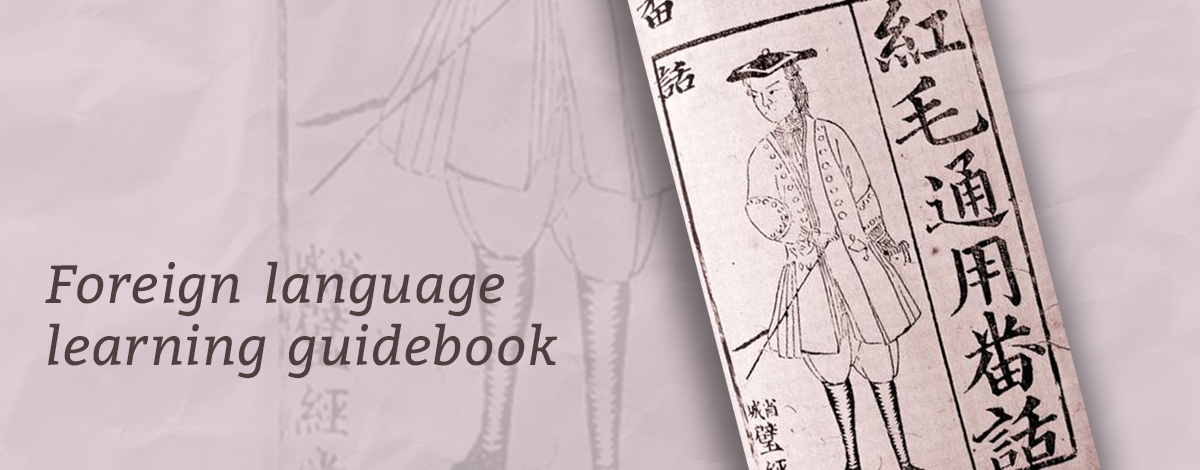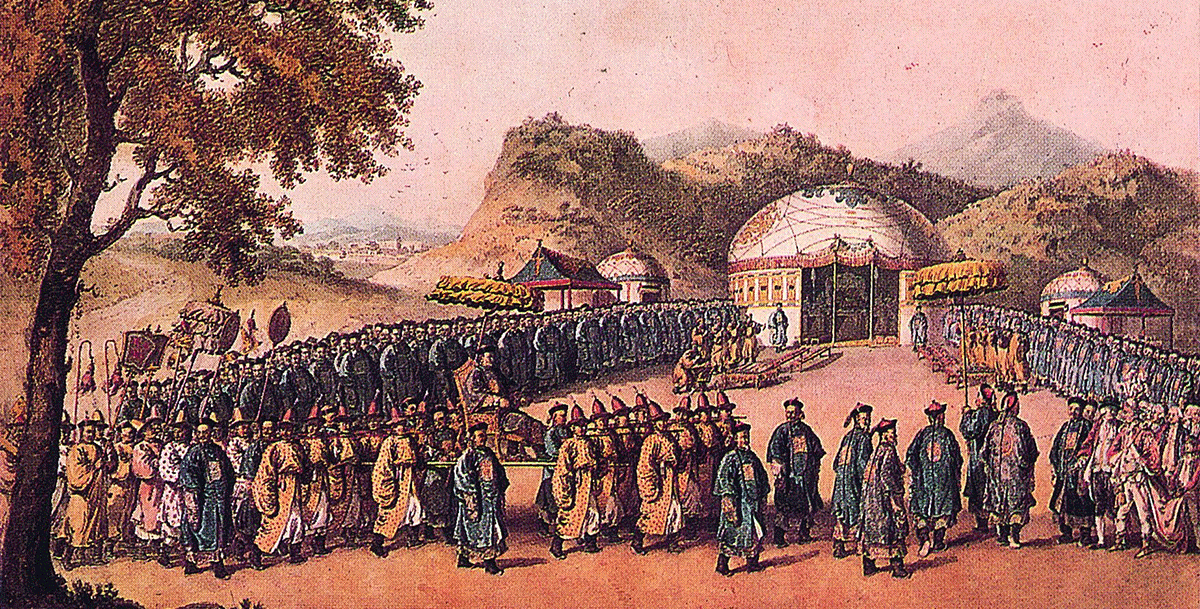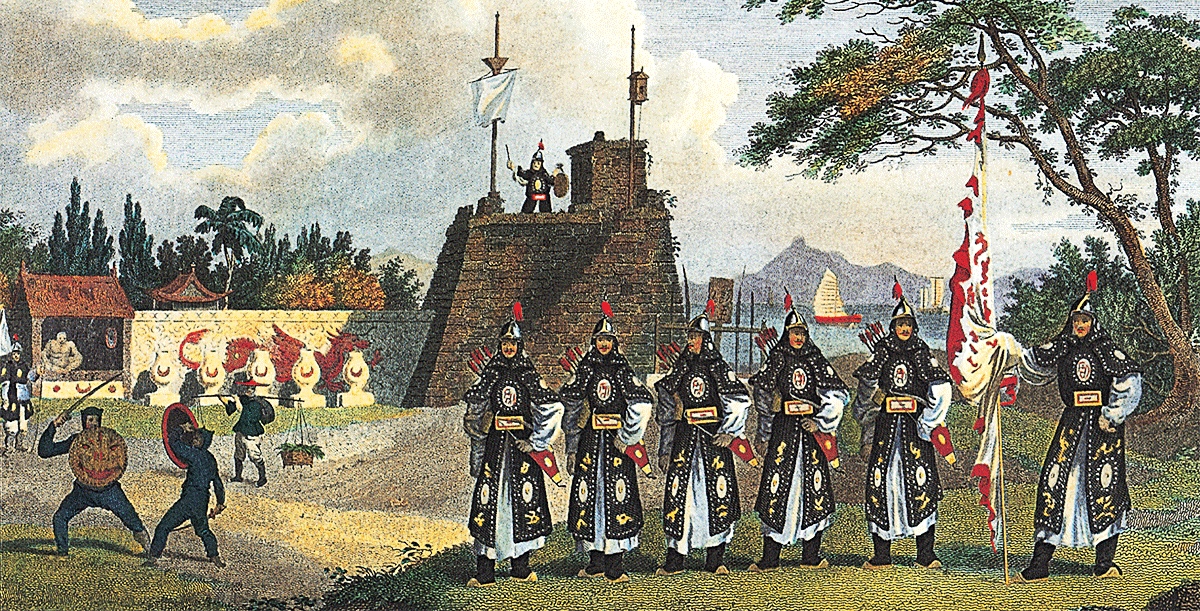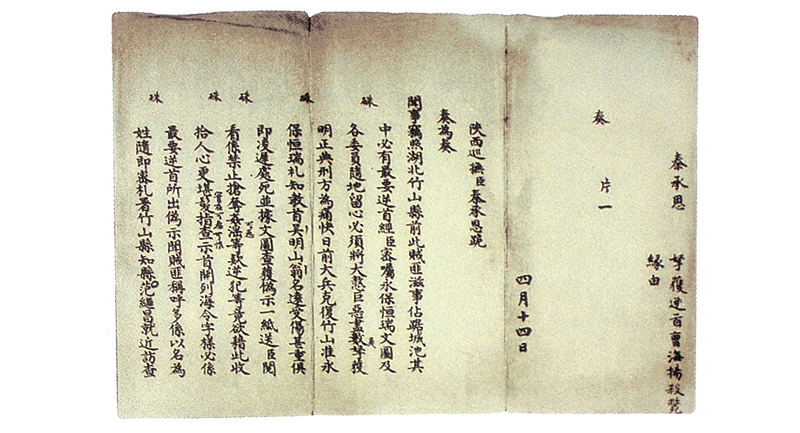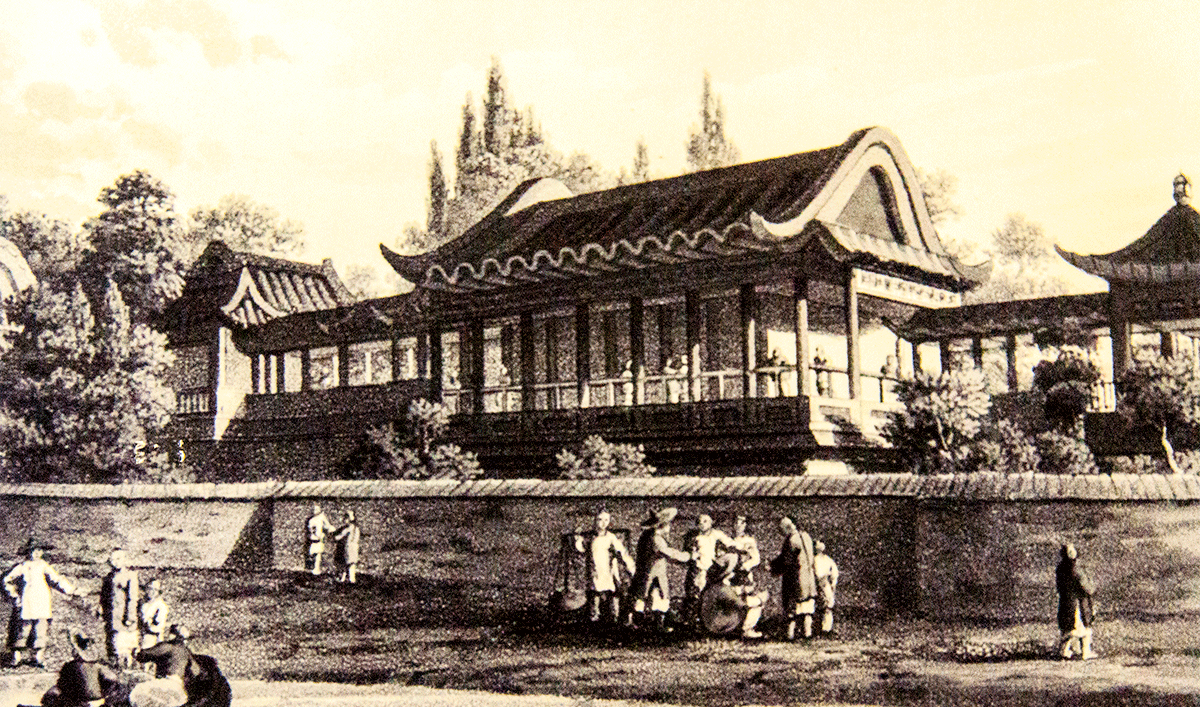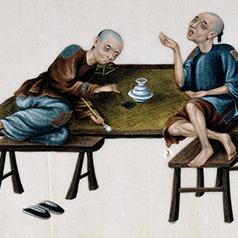In the late Ming and early Qing periods Portuguese, Spanish, Dutch, English, French and American merchants were keen to trade with China. Emperor Kangxi (康熙) was considerably less keen. He closed China’s southeastern coastline (including Hong Kong) issuing an evacuation order in 1661 to cut ties with the Taiwanese anti-Qing regime. Emperor Qianlong (乾隆) allowed Guangzhou (廣州) and Macau to conduct foreign trade despite his policy of seclusion and self-defence. Britain tried repeatedly to open trade with China and sent envoys, including George Macartney in 1792 and William Pitt Amherst in 1816, but was unsuccessful.
In 1834, William John Napier, Britain’s new Chief Superintendent of British trade in China, arrived in Guangzhou with the aim to negotiate directly with Chinese officials and expand British trade to other Chinese ports. However, he failed and even initiated a brief military skirmish with China. Despite several diplomatic exchanges, the two countries took a vastly different stance on free trade. Emperor Qianlong was unconvinced of its necessity and once told Macartney: “China is full of goods and materials; it doesn’t need foreign trade.” However, Britain saw vast profits to be made from it. China was a self-sufficient peasant economy and - justifiably - suspicious of foreigners’ motives. This conflict between an agricultural country and an industrialized nation would eventually lead to war.
The custom of kowtow played an important role in the British diplomatic failure. Under the Qing rule, all the officials and representatives of the tributary states must perform "three kneelings and nine kowtows" before the Emperor. This ceremony involved kneeling from a standing position three times, and each time, performing the kowtow (knocking of the head on the ground) three times while kneeling. Macartney and Amherst refused to perform this ceremony as it would mean acknowledging their country as a subject of China.
|
|
Was the Opium War a confrontation between China and Britain over seclusion versus free trade? |
|
|
See answer below. |
In the late 18th century, trade was limited to the port of Guangzhou. All transactions had to be performed through Chinese trading firms called Hongs (行). The 13 major trading firms at that time were known as the Thirteen Hongs (十三行). The picture shows the Thirteen Hongs’ trade zone in Guangzhou during the Qing dynasty. In order from left to right were the trading houses of Spain, the United States, Britain and the Netherlands.
Before the Opium War, foreigners were formally prohibited from learning Chinese, but some Chinese were allowed to learn foreign languages because their work required. The photo shows a book entitled Language used by the Red-haired in Guangzhou at a time when westerners including the Dutch and British were called the “red haired,” and English was the formal foreign language.
Lord George Macartney, British diplomat. China was a target market as Britain sought to expand trade overseas following its Industrial Revolution. In 1792, a large British trade mission under George Macartney arrived in China and met Emperor Qianlong. Trade relations and setting up an embassy were discussed, among other issues.
In 1793, the Macartney Mission arrived in Beijing, then travelled on to a summer retreat located at Rehe (熱河) where they were received by Emperor Qianlong on September 4. The picture shows Emperor Qianlong (in a sedan) on his way to meet the British delegation.
With little understanding of Western cultures and international affairs, the Qing court viewed the visit as a tributary mission and demanded Macartney perform the ceremonial three sets of kowtows (三跪九叩). Macartney refused to conform to this Chinese custom. Instead, after negotiation, Macartney knelt on one knee as he would before his own monarch. While Emperor Qianlong greeted the delegation with some enthusiasm and utmost civility, he refused Britain’s demands for boosting trade and establishing an embassy.
Chinese soldiers illustrated by an artist in the Macartney Mission. The trade mission led by Macartney had some success in that the trip provided Britain with a much better understanding of China through written records and pictures, including its relatively under-developed economy and antiquated military.
A Chinese drama performance illustrated by an artist in the Macartney Mission. Besides China’s economy and military, Chinese culture and art were also of interest to the delegates, reflecting the breadth and depth of the British diplomats’ vision. In comparison, China remained convinced of its superiority as the Celestial Empire, and gained little international perspective from the encounter.
On April 14, 1796, during the first year of the reign of Emperor Jiaqing (嘉慶), Qin Cheng’en (秦承恩), governor of Shaanxi, reported to the Qing court the capture of a leader of the White Lotus Movement (白蓮教). The White Lotus Movement was a large-scale rebellion that broke out during the early years of Emperor Jiaqing’s reign and lasted for nine years. It marked the decline of the Qing dynasty.
In 1816, Britain sent another delegation led by William Pitt Amherst to negotiate trade with China; it returned empty-handed as Emperor Jiaqing refused to meet them due to disputes over etiquette. The picture above features the scenery of Haihelou (海河樓), Tianjin by an artist in the Amherst Mission.
In 1834, Britain made another attempt to knock on China’s door by sending William John Napier, Chief Superintendent of Trade for China, as its envoy. After arriving first in Macau, he entered Guangzhou without authorization, violating China’s regulations. This led to a dispute with the Chinese, which escalated into military conflict. Napier was forced to retreat to Macau where he fell ill and died. Having failed to secure trade agreements with China through diplomacy, some Britons began to propose doing so by force. Above is a portrait of William John Napier and a monument dedicated to him in the Hong Kong Museum of History.
|
|
Was the Opium War a confrontation between China and Britain over seclusion versus free trade? |
|
|
One reason for the Opium War is the confrontation between a secluded China and an expanding Britain during the Industrial Revolution. However, China’s production output never fell short and its market was never completely closed as China maintained trade with Southeast Asia. Following the Industrial Revolution, Britain became a capitalist power and pursued the expansion of its markets in the name of free trade. The Anglo-Chinese conflict was a collision of civilizations, between the old ways and the new. |
Source of most photos used in this feature piece: Visual China Group (pictures 1, 3-7, 10), Fotoe (pictures 8-10), misc. photo sources.






